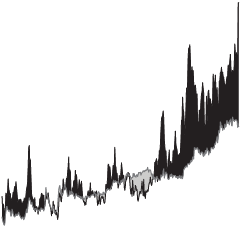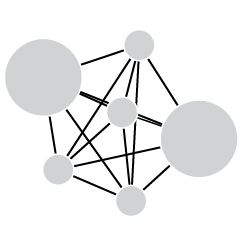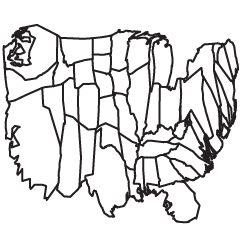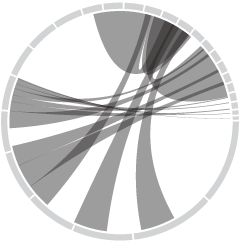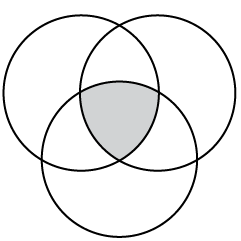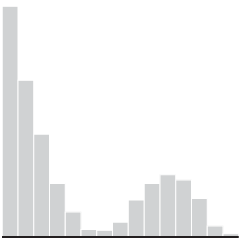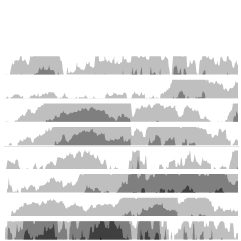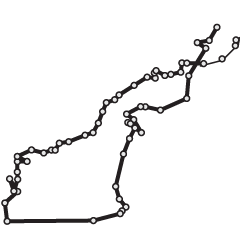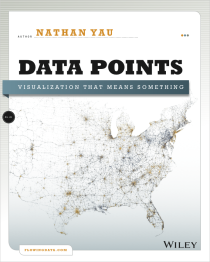 For the past year, I’ve been working on Data Points: Visualization that Means Something, and you can pre-order it now.
For the past year, I’ve been working on Data Points: Visualization that Means Something, and you can pre-order it now.
Visualization has grown a lot in the 5-something years I’ve written for FlowingData. It’s not just a tool for analysis anymore. Visualization is a way to express data, and it comes in the form of information graphics, entertainment, everyday interfaces, data art, and yeah, tools, too. Your approach to data and visualization changes based on application.
But even with all these (awesome) new applications, there’s a constant across all of them: the data.
Data Points starts here, and takes you through the process of understanding data, representing it, exploring it, and designing for different applications. Whereas Visualize This was about getting your feet wet with lots of code examples, Data Points is code-independent and is a perfect complement that helps you understand and allow others to understand data better, which is sorta the whole point.
The manuscript is written, the 240 graphics (by me and many of your favorites) are set, and I’m really happy with how it turned out.
It’ll officially be out late March or early April. Crazy, nerve-racking, and exciting all at the same time.
More details to come. Until then: pre-order the book today.


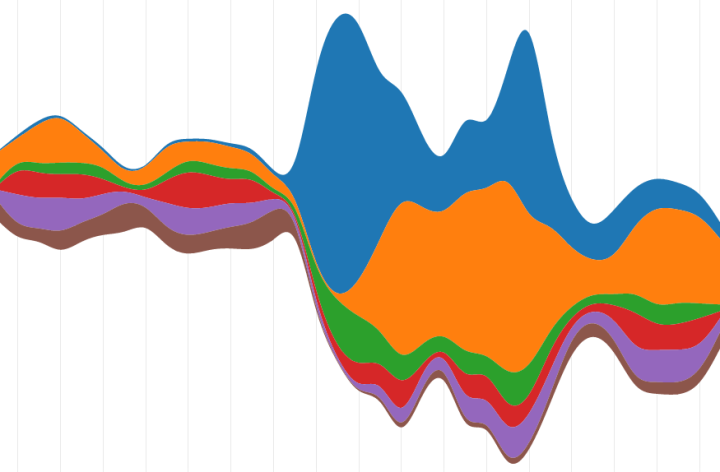
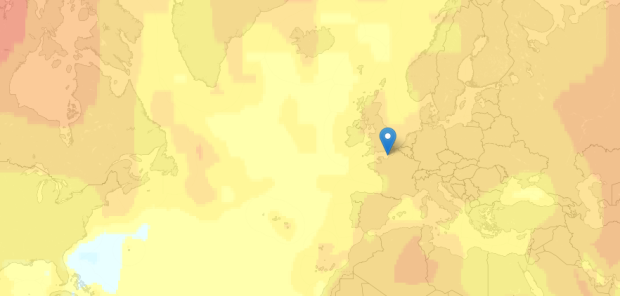
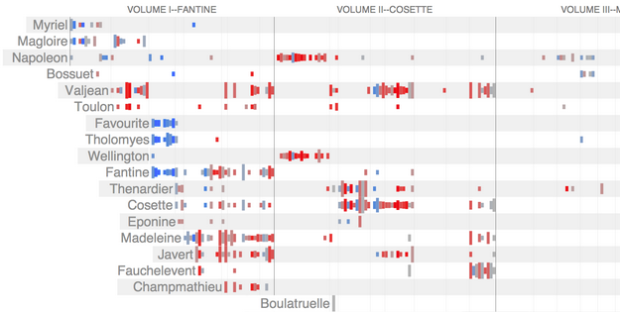

 Visualize This: The FlowingData Guide to Design, Visualization, and Statistics (2nd Edition)
Visualize This: The FlowingData Guide to Design, Visualization, and Statistics (2nd Edition)
